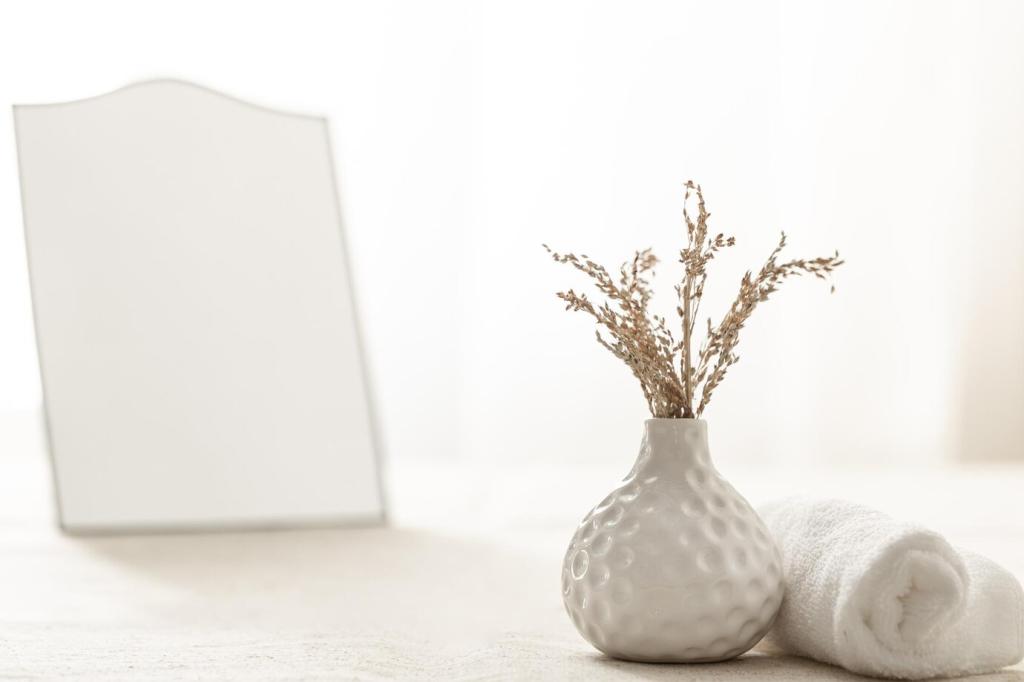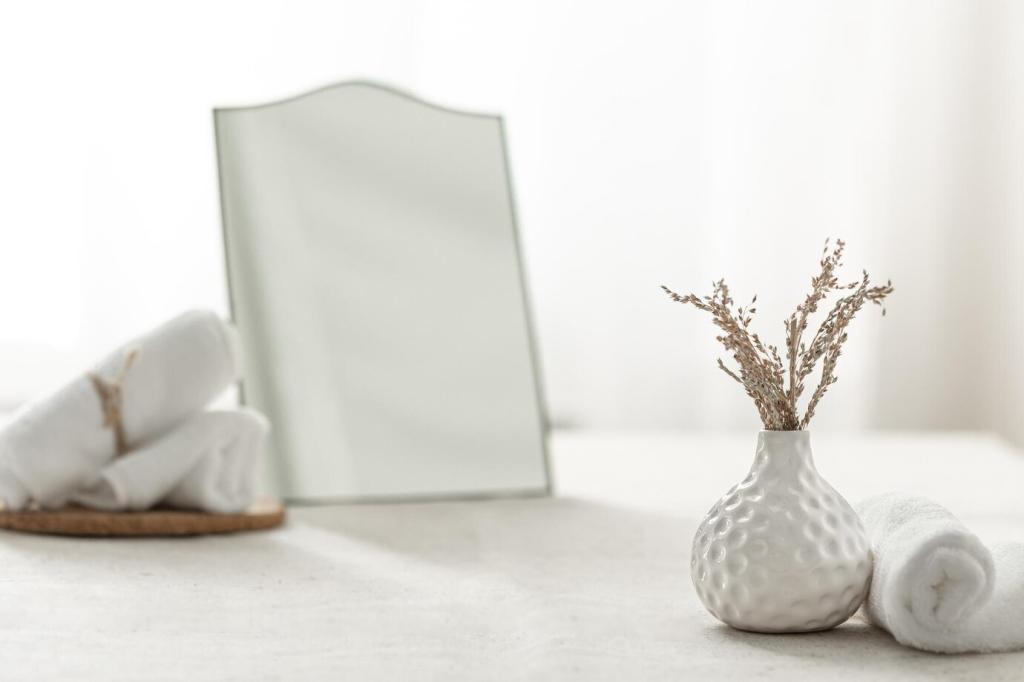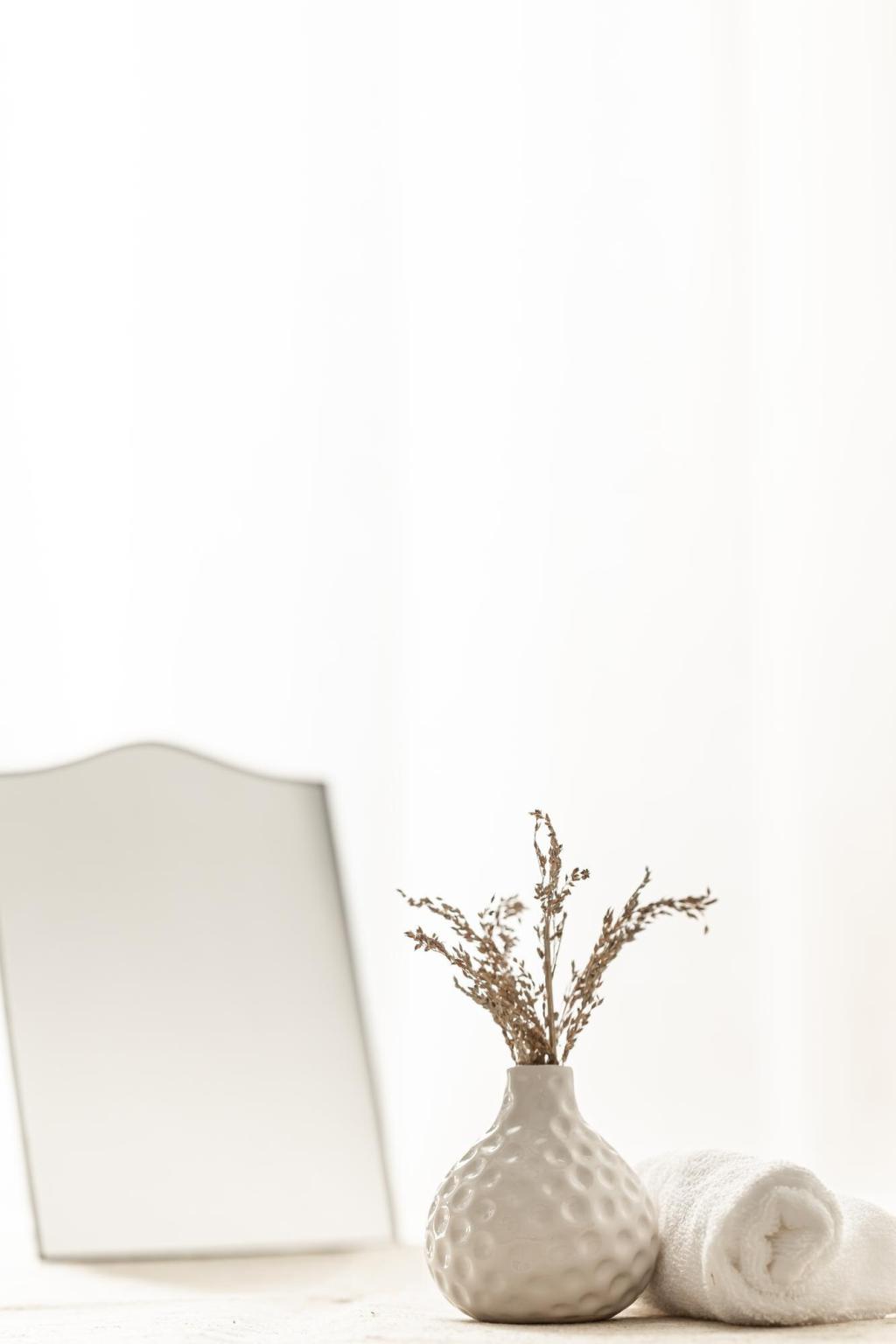Maximizing Light in Eco‑Friendly Minimalist Spaces
Chosen theme: Maximizing Light in Eco‑Friendly Minimalist Spaces. Step into sunlit simplicity where every surface, material, and layout choice serves brightness and sustainability. Join our community, share your lighting challenges, and subscribe for weekly, practical, planet‑kind inspiration.

Map the Sun, Design the Flow
Trace east, south, and west exposures across seasons to discover where light actually lands. Then align seating, work zones, and reflective planes accordingly. Tell us your orientation, and we’ll suggest a custom daylight strategy.
Openings with Intention
Right‑size windows and internal cut‑outs to invite brightness without overheating. Consider transoms above doors to pass light between rooms. Comment with your window‑to‑wall ratio questions for tailored, minimalist, energy‑smart tips.
Reflectance Is Your Secret Multiplier
High‑reflectance paints, pale floors, and subtly satin finishes bounce daylight deeper inside. Use a restrained palette to avoid glare. Share your favorite bright, eco finishes so readers can learn from your experiments.
Sustainable Finishes That Amplify Brightness
Select low‑VOC or mineral limewash in warm white to diffuse light softly without harsh reflections. These breathable finishes reduce indoor pollutants and feel timeless. Post a photo of your wall texture; we’ll help fine‑tune sheen.

Sustainable Finishes That Amplify Brightness
Bamboo, pale cork, and blond FSC‑certified woods brighten rooms while supporting sustainable forestry. Pair matte floors with satin walls for depth. What material combination has brightened your space most effectively?
Minimalist Layouts that Let Light Travel
Choose sofas with raised legs and slim arms, and tables with slender silhouettes so light can slip beneath and around. Tell us your room dimensions, and we’ll suggest pieces that float, not block.

Glazing, Treatments, and Passive Control
Opt for organic cotton or linen sheers that soften glare while preserving daylight. Layer with adjustable shades for privacy. Post your window height and width, and we’ll recommend a minimal layering approach.
Low‑E coatings, thermally broken frames, and proper seals keep interiors bright and cool. Choose clarity without tint where possible. Ask about your climate zone for the right glazing specification.
Use north‑facing skylights, solar tubes, or exterior light shelves to bounce rays deeper inside. Keep profiles discreet to honor minimalism. Tell us your ceiling type for retrofit feasibility tips.

Electric Light that Supports Daylight, Not Replaces It
Tunable White for Circadian Harmony
Use tunable LED fixtures that warm in the evening and cool by day, echoing natural changes. It reduces eye strain and energy waste. Share your current bulbs, and we’ll suggest simple swaps.
Task and Accent with Low Glare
Slim, focused task lights and wall‑washers highlight surfaces without cluttering visual fields. Keep beam spreads tight and optics shielded. What tasks feel underlit at home? We’ll recommend minimalist solutions.
Smart Controls and Solar Assist
Pair occupancy sensors with daylight dimming, and consider a small solar array to power core circuits. You’ll save energy while retaining mood. Comment if you’d like a starter control sequence.

Plants and Biophilic Calm Without Blocking Light

Place Plants Like Sculptures
Cluster greenery at room edges and corners, leaving window glass and primary sightlines clear. Use slim stands to elevate foliage above sills. Share your plant list and window orientation for tailored placement.

Species That Thrive in Bright, Minimal Rooms
Consider rubber plants, ZZ, and trailing pothos, which handle bright indirect light. Keep pots unified in tone to reduce visual noise. Ask us which species fit your exact light levels.

Eco Pots, Easy Care, Gentle Shine
Choose recycled or clay planters with matte finishes that won’t create harsh reflections. Wipe leaves to boost photosynthesis and light bounce. Post a photo if you’re unsure about pot scale.


From Gloom to Glow: A Compact, Carbon‑Light Apartment
By adding a light shelf, pale cork floors, and limewash walls, average daylight increased from 180 lux to 420 lux at desk height. Curious about your lux levels? Ask how to measure with a phone.
From Gloom to Glow: A Compact, Carbon‑Light Apartment
Secondhand leggy furniture, recycled‑glass backsplash, and organic sheers cut energy use by 19% year over year. Want the materials list and sources? Comment, and we’ll share the full breakdown.
